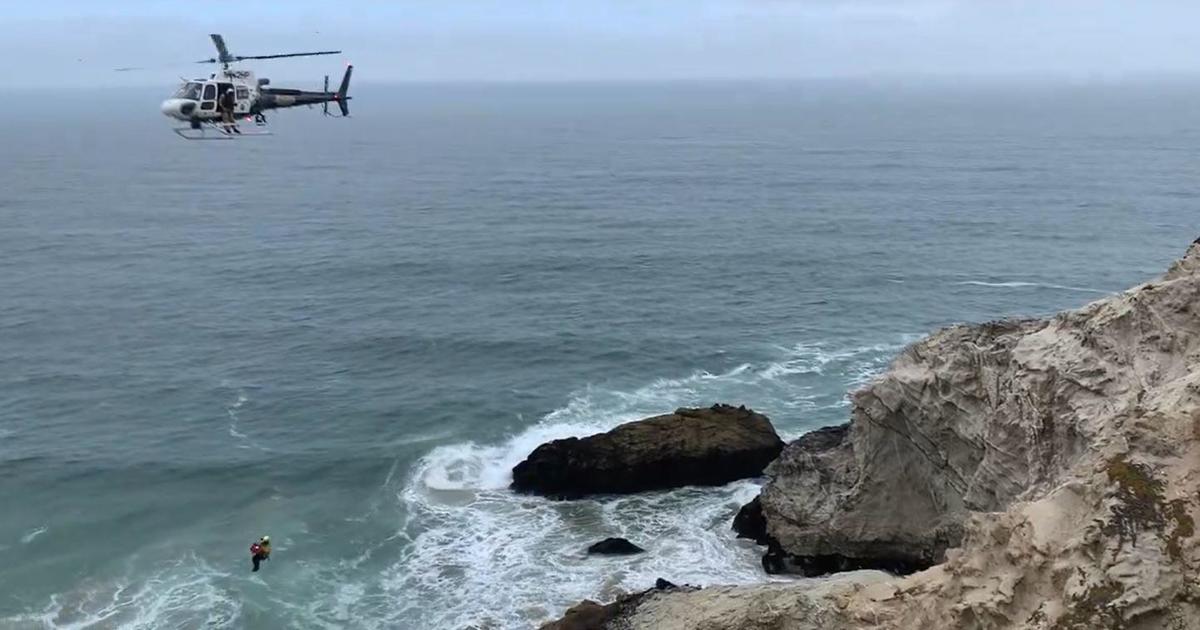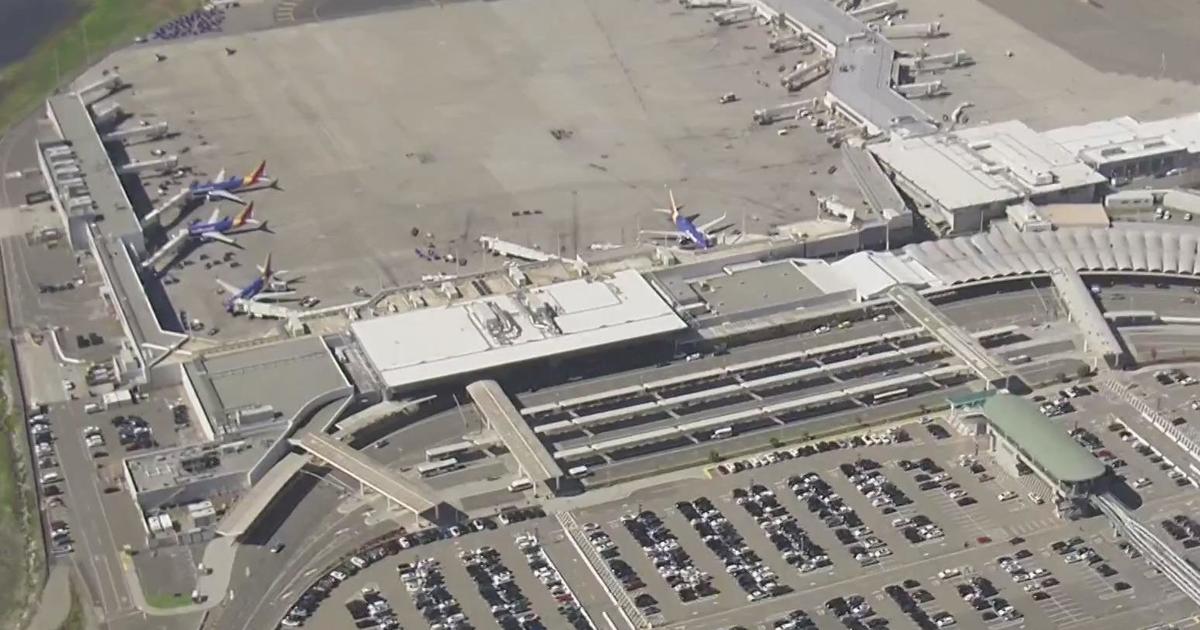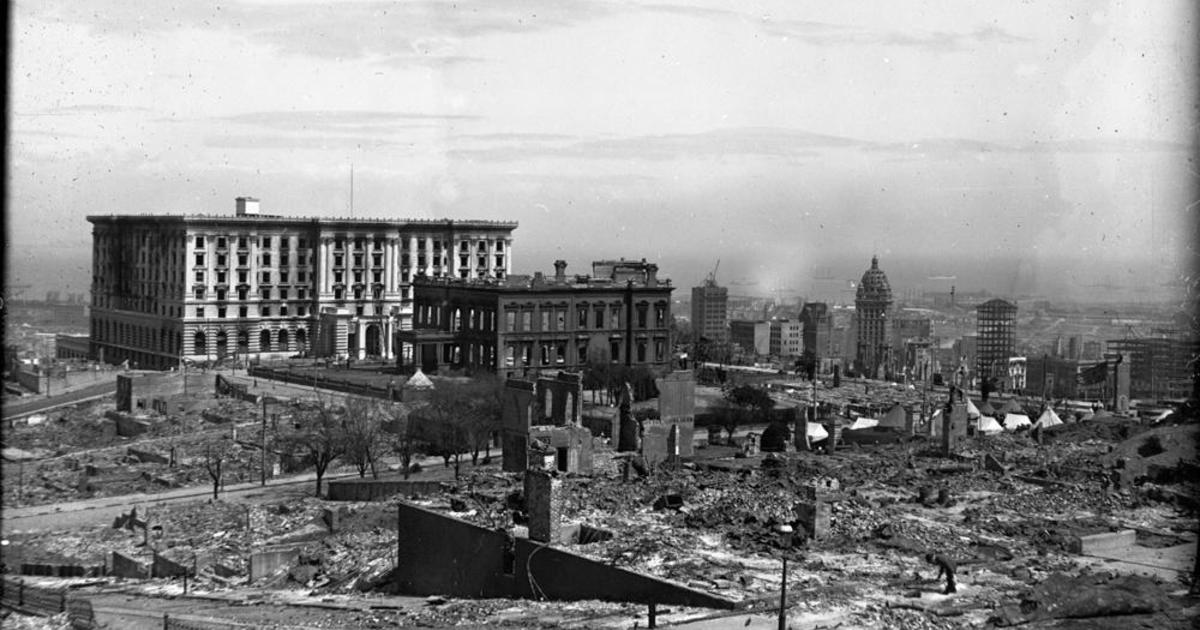Federal Judge Considers Additional Conditions To PG&E Probation
SAN FRANCISCO (BCN) – A federal Judge used sharp language in addressing PG&E and its lawyers during a hearing on Wednesday to consider adding further conditions to the probation imposed after the utility's prior criminal convictions.
Decrying what he said was PG&E's history of employing "slick legalese" to elide taking stronger action to prevent its equipment from causing dangerous and sometimes lethal wildfires, U.S. District Judge William Alsup in San Francisco called out PG&E for "vaguing out" when providing information in one of its filings.
At one point, the judge asked for specific information on the number of trees in two priority safety categories, but neither PG&E's internal or outside counsel could give a specific answer. The judge commented, "you don't know and lives depend on you knowing." The company provided the information later in the hearing.
In 2010, a PG&E gas pipeline exploded in San Bruno, killing eight people and injuring 58. In 2016, in a rare criminal prosecution of a corporation, a federal jury convicted PG&E on six felony counts. The maximum fine was imposed and the company was put on probation. A condition of probation was that PG&E would not commit "another federal, state or local crime." Another required the appointment of an independent monitor to oversee the safety of PG&E's operations.
That ushered in what Alsup called "a stunning chapter in California history." According to his tally, since the probation was imposed, "PG&E has ignited 20 or more wildfires in California, killing at least 111 individuals, destroying at least 22,627 structures, and burning half a million acres."
The order that initiated Wednesday's hearing recounted the grim specifics: the Wine Country Fires in 2017 (22 dead, 3,256 structures destroyed); the Camp Fire in 2018 (85 dead, 18,793 structures burned); the Kincade Fire in 2019 (374 structures destroyed); and most recently the Zogg Fire in 2020 (4 dead, 204 structures destroyed).
The last of the fires identified by the court -- the Zogg Fire -- was central to the hearing. While Cal Fire has not yet determined the cause, Alsup said "there are clear signs that PG&E bears responsibility".
The court's order that initiated the hearing included a photograph of a gray pine "looming," in the words of the judge, over electric lines in the area where the fire began.
That is significant because when high winds blow, dead, diseased or even healthy trees may topple onto overhead power lines. When that happens, uninsulated electric lines can touch and cause sparking that may ignite a fire on the ground.
For that reason, public utilities are required by state law to keep areas near such lines clear and to regularly inspect and remove trees and vegetation that could impact the wires.
The judge noted that in the past, PG&E "failed to comply with these safety directives," using the funds it saved for "bigger bonuses, dividends and political contributions," among other things.
The judge had previously imposed conditions of probation on PG&E relating to its vegetation management responsibilities. The company was required to comply with a wildfire mitigation plan, "maintain traceable, verifiable, accurate and complete" record of its efforts, and ensure that "sufficient resources, financial and personnel ... are allocated to achieve the foregoing."
Noting that vegetation-caused fires are a major driver of utility-caused wildfires, the court said "this problem is often referred to as 'vegetation management,' But that term vastly understates and marginalizes its true severity. It is not a matter of landscaping or gardening. It's a matter of life and death."
In 2020, PG&E pleaded guilty to 84 counts of manslaughter in connection with the 2018 Camp Fire. By that time, PG&E had filed bankruptcy proceedings. It ultimately promised to pay $13.5 billion to a victims' compensation fund.
During the 2019 fire season, PG&E began to utilize "Public Service Power Shutoffs" to "de-energize" power to specific lines when high wind conditions posed a significant risk of causing fire.
The shutoffs result in consumers in the affected areas losing power for what might be days until the dangerous conditions pass and service is restored.
Because the shutoffs carry their own heavy societal costs, including potential danger to disabled and homebound individuals, determining when a PSPS should be imposed requires balancing the risk of wildfire against the burdens of the power outage.
PG&E employed what it called "state of the art" models to process numerous data sources -- wind, temperature, season, atmospheric conditions and historical weather information, among them -- to help make the decision.
In reviewing the circumstances of the Zogg Fire, Alsup realized that the power line near the looming gray pine tree had not been de-energized and asked PG&E to explain its decision-making process.
In that process, the judge was "surprised" to learn that in making its decision, PG&E "does not consider the extent to which distribution lines have been cleared of hazardous trees and limbs."
The judge found that fact "shocking."
He ordered the parties to address two new potential conditions of probation. The first would require the company -- when making decisions about a PSPS -- to take into account information that it or its contractors have about trees in violation of the law or its wildfire mitigation plan. Second, if that information shows there is a likely safety hazard in a windstorm, PG&E must de-energize the particular line unless it states in writing that "there are specific reasons to believe that no safety issue exists."
In a court filing prior to the hearing, PG&E said it would agree to the proposed conditions if the language was revised to say it had to consider the information it had about trees if they fell into two specific priority categories used to identify trees that caused elevated risk in high wind conditions.
Alsup asked PG&E's lawyer whether the gray pine that may have caused the Zogg Fire fell into either category.
Attorney Kevin Orsini told the judge that the particular tree would not have fallen into either category. Alsup said that showed that the new conditions of probation would not have been helpful with respect to the Zogg Fire if the language PG&E proposed was used.
The judge suggested that PG&E's offer to focus only on trees in the two priority categories was like offering to give "sleeves off a vest."
At one point in his argument, Orsini suggested that the judge was proposing that a PSPS must be imposed under adverse weather conditions if trees near power lines were known to be in hazardous condition.
Alsup said that was "a lie" and that he had never said that. He said that his proposed conditions required that the information "be taken into account" in making a PSPS determination; they did not compel that result.
PG&E's proposed language received some support from counsel for the government and from the monitor, but was opposed by Alex Cannara and Gene A. Nelson who filed, with the court's permission, an amicus or "friend of the court" brief.
The amicus filing went further than the court's proposal and suggested four additional conditions related to what it described as PG&E's "criminally reckless conduct."
The amicus filing said that many of PG&E's vegetation management problems flowed from its "irresponsible information and record-keeping management, data operations, and information communication."
The brief identified deficiencies in PG&E's data operations that allowed inspections to be back dated and essential information to be omitted from information systems and described the overall data operations as "antiquated."
One example it gave was the company's use of orange paint markings on trees slated for removal, rather than utilizing QR codes or "Internet of Things" devices to communicate the status of required maintenance work.
"PG&E's practices are decades out-of-date and fail to take advantage of prudent and widespread technologies farmers, the post office and many businesses use to track inventory and improve workflow," the brief said.
Alsup indicated an interest in the conditions proposed by the amicus brief but said he could not order them without first allowing PG&E and the parties a further opportunity to address the specifics; he said he might direct that to happen.
At the close of the hearing, the judge advised the parties that he wanted to think about what he had heard and said he would rule within the next two weeks. He finished by reminding the parties that there was only a year left in the period he would be supervising PG&E's probation.
He said that in that time period he was "dedicated" to doing "the best job I can to rehabilitate PG&E ... and protect the public."
© Copyright 2021 CBS Broadcasting Inc. and Bay City News Service. All Rights Reserved. This material may not be published, broadcast, rewritten or redistributed.



